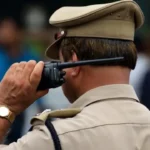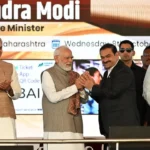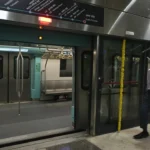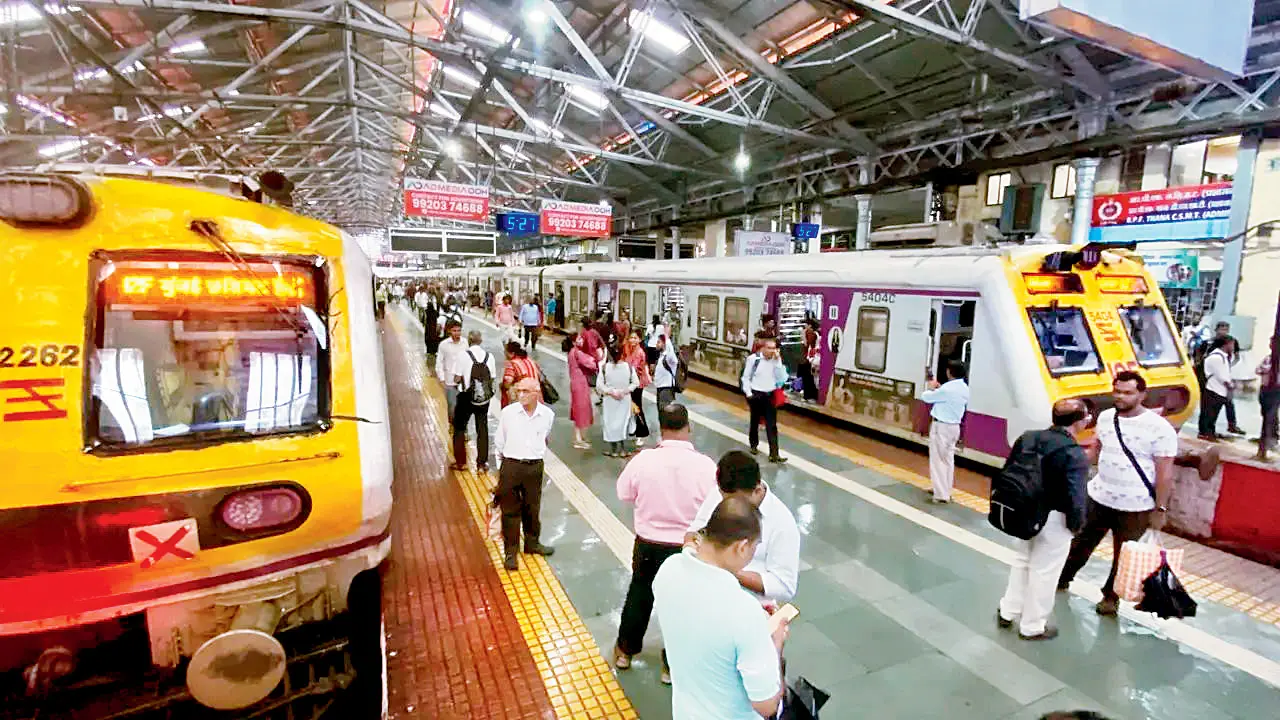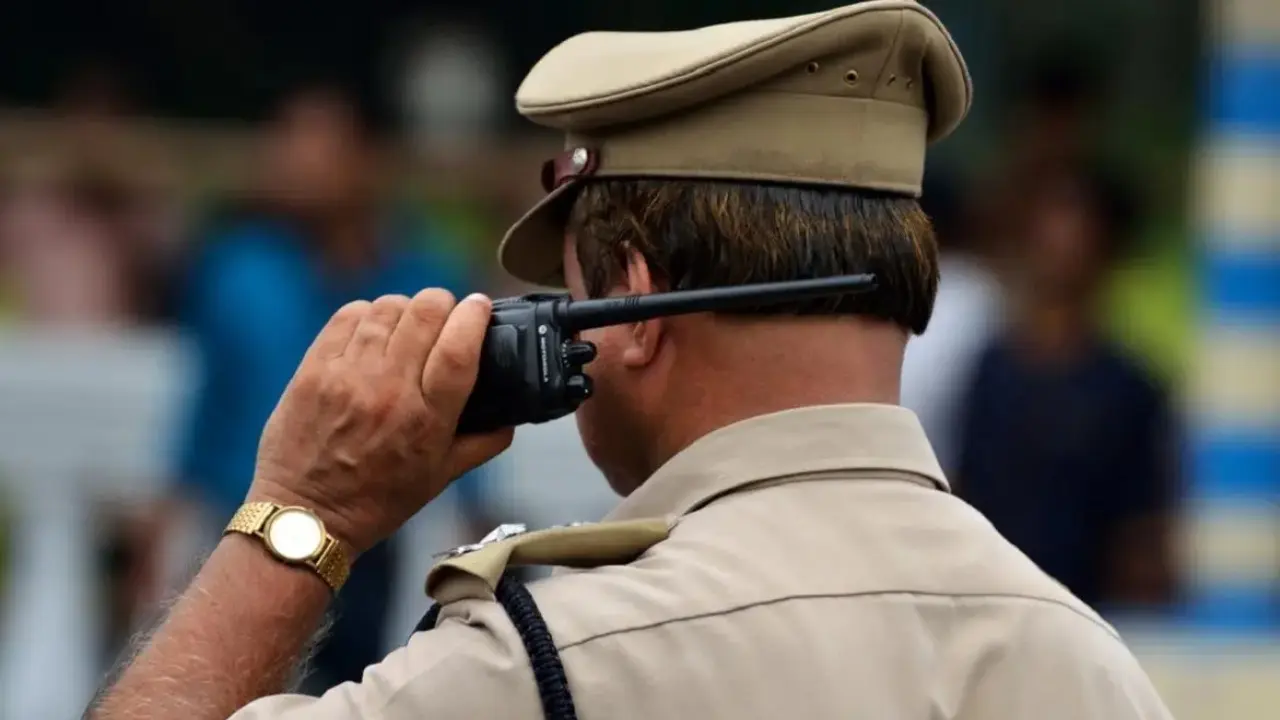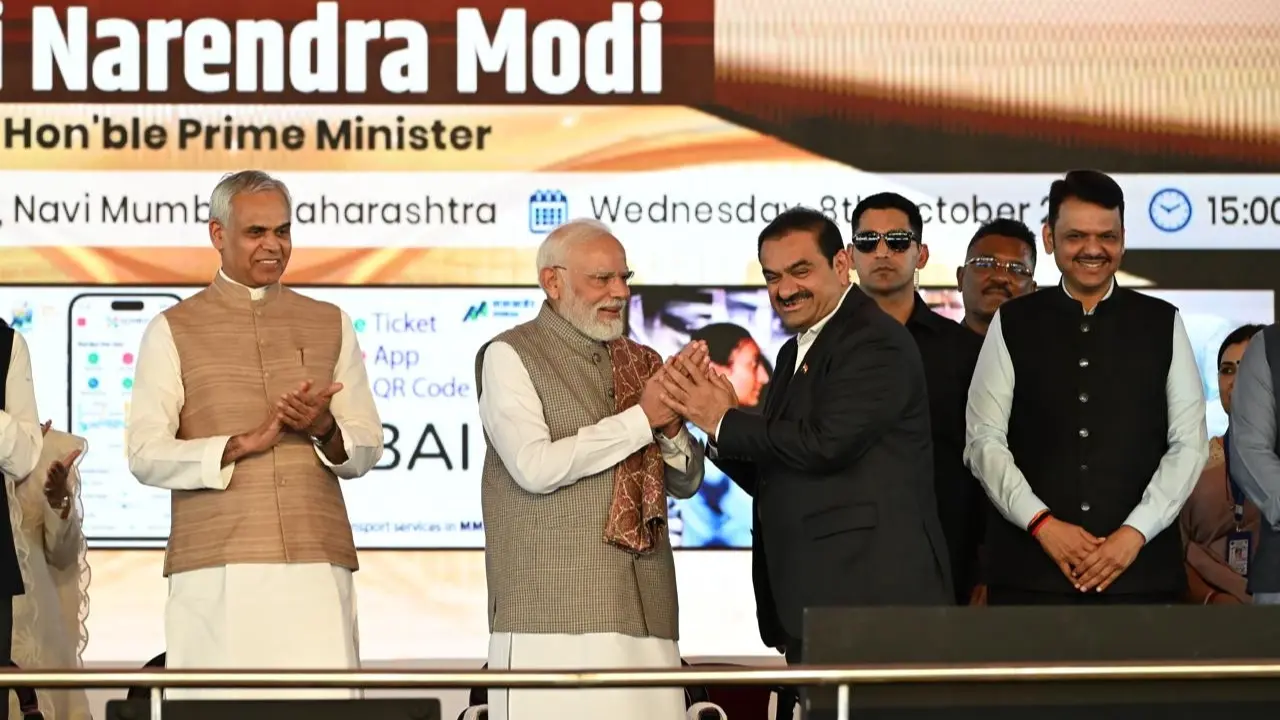A plan, in principle approved by Railway Minister Ashwini Vaishnaw, which could change the face of Mumbai’s suburban railway, introduce local trains arriving at three-minute intervals at every single station — including high-density places like Kalwa and Badlapur — is not being taken up, debated or even discussed by rail authorities.
Following the Mumbra tragedy, with answers still being sought, this plan could be a game-changer. The Central Railway (CR) has been sitting on the plan and has not listed it even in their probable solutions presented to the Bombay High Court earlier this year, after the issue of crowding and accidents on railways had come up.
According to a leaked presentation, a plan that was presented to and greatly appreciated by Vaishnaw last year could change the face of suburban railways. However, it is not in the public domain and is not being debated or even discussed.
The revolutionary plan, which proposes sector-based operations, similar to one used by Metro systems across the world, would not only increase services at least three times from Day 1 with the existing set-up and infrastructure, but also streamline suburban services. It could take the number of services to more than 5000 from the current 1810; and at present, CR is unable to run even these 1810 on any day.
However, if implemented, the plan involves transhipment of passengers at important stations like Thane and Kalyan, for which provisions have been thought of and technically worked out.
Divided into multiple sectors, the elaborate plan involves running services sector-wise wise with the first sector only operating services between CSMT-Thane on the slow line, the second sector on the fast line between CSMT-Kalyan, the third between Thane-Kalyan slow, Kalyan-Kasara, Kalyan Karjat, and similarly on the Harbour Line.
The benefit would be that services on these dedicated sectors would be seamlessly available every three minutes without fail, but the drastic change would be that it would require passengers to change trains beyond every sector, filtering the crowd. It will increase the existing services in respective sectors from Day 1, and the railways would be able to cater to the demand for increased services multi-fold from the beginning.
For example, high-density stations like Badlapur, Asangaon and Ambernath will get a train every three minutes during rush hours till Kalyan, and from Kalyan, a fast local for CSMT. Similarly, smaller stations like Kalwa, Mumbra and Diva, too, would get trains at a three-minute frequency, even on the fast corridor, but involve a changeover at Thane.
The changeover stations will, however, require holding areas and mega foot overbridges, which have been planned and worked out using the existing infrastructure with some tweaks.
It is understood that the plan was presented by former divisional railway manager Rajnish Goyal during a meeting last year and appreciated by Vaishnaw, but it never saw the light of day. While Goyal refused to comment on the issue and blocked all efforts made by this journalist, sources said that at the very least, the plan needs to be highlighted and debated on by stakeholders.
If there is waterlogging at Chinchpokali, it affects trains all the way till Kasara and vice versa. A problem in one area should not affect the entire corridor. This plan could be a solution, as per the concept of this plan.
A city-based commuter, Giridhar Pandey, also suggested a similar plan of segment-based operations, highlighting how it might improve operations with efficient turnaround, predictable travel time and seamless passenger flow distribution.
“I would like to propose a practical and scalable solution to address the overcrowding issue, particularly during peak hours. The current long-distance suburban train model-for example, CSMT to Kasara or CSMT to
Khopoli, results in prolonged travel cycles (up to two hours for a one-way journey), reduced frequency, and extreme crowding at most stations. Instead of operating long-route trains end-to-end, we can break the route into shorter segments, similar to Metro systems,” Pandey told mid-day.
“This system may require minor infrastructure and scheduling adjustments, but it is achievable within the existing framework. Similar models are effectively used in Metro systems worldwide and could bring a revolutionary improvement to the Mumbai suburban experience. I urge the authorities to consider a pilot run on select lines to evaluate the effectiveness of this model,” Pandey added.
Decongested coaches: Passengers boarding from intermediate stations will have greater access to less crowded trains
Efficient turnaround: Each train will complete its cycle in 30-45 minutes, allowing better scheduling and optimal resource utilisation
Increased train frequency: Shorter routes mean each train completes its trip faster, allowing higher frequency (possibly every 1.5 minutes during peak hours instead of 3-plus minutes)
Predictable travel time: While passengers from outer stations (eg Kasara) may experience a slight increase in total travel time (approximately 20-25 minutes), the comfort and safety gained by avoiding severely overcrowded trains will outweigh the inconvenience
Passenger flow distribution: Passengers will board/de-board at defined interchange points (Kurla, Thane, Kalyan), leading to smoother transitions and less chaotic boarding conditions




